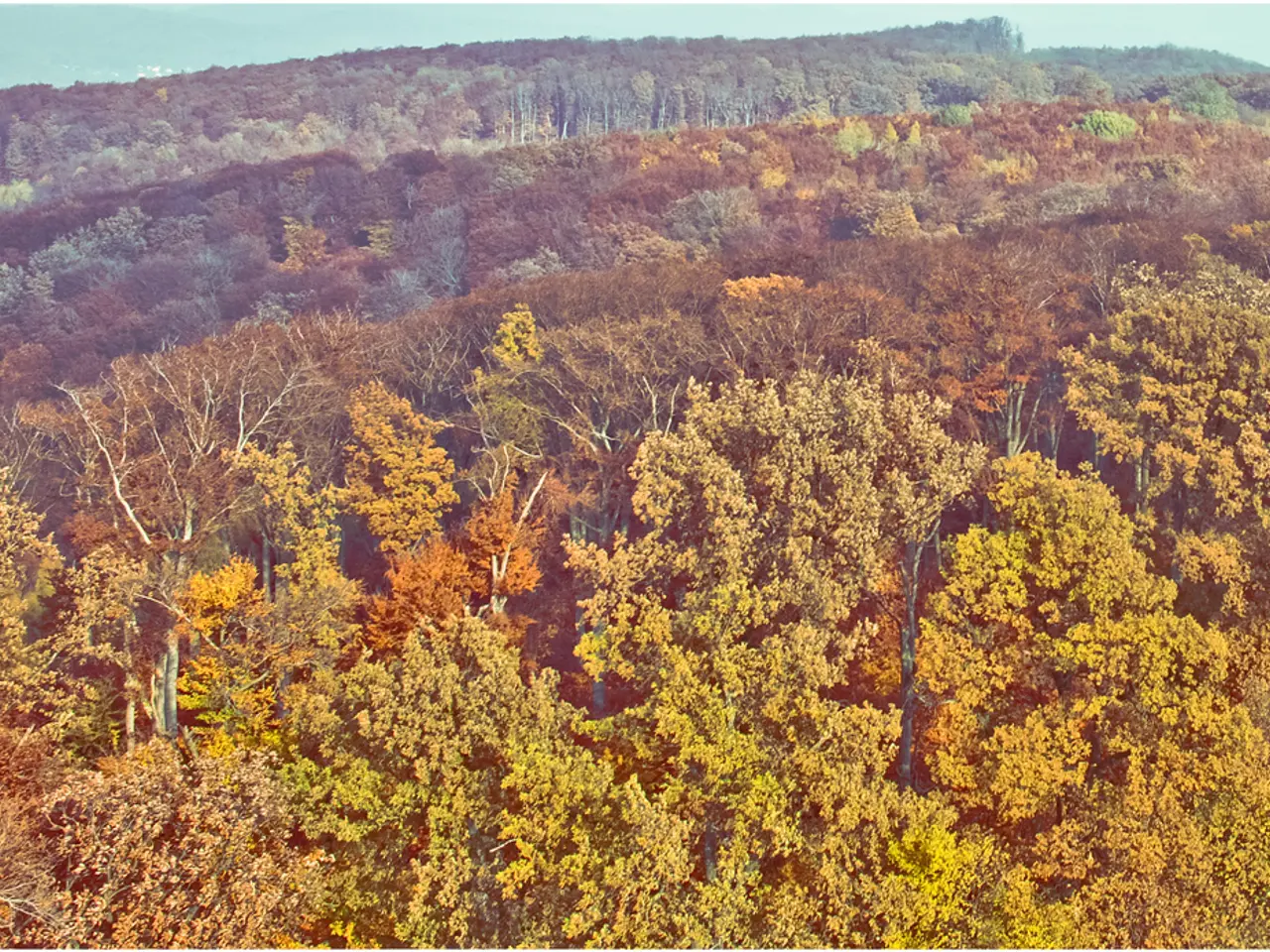Potential Trees Pose Threat to Your Garden
In a well-maintained backyard garden, the right choice of trees can add beauty, shade, and tranquility. However, some trees can cause more harm than good, damaging structures, posing maintenance challenges, and even risking the health of other plants. Here are five trees that gardening experts often advise against due to their problematic effects:
- Eastern White Pine (Pinus strobus)
This tall and fast-growing tree is vulnerable to diseases and pests, making upkeep difficult. With its large size, it can also pose a fire hazard, growing up to 80 feet tall.
- Weeping Willow (Salix babylonica)
Known for its aggressive root system, the weeping willow can damage foundations, plumbing, and sewers. Its heavy leaf drop can also make growing other plants challenging.
- Bradford Pear (Pyrus calleryana)
Once popular, this tree is now frequently discouraged due to its invasive nature, bad smell, and susceptibility to storm damage. Its tiny seedlings, easily spread by wind, can litter your lawn and driveway.
- Cherry Laurel (Prunus laurocerasus)
This rapidly growing shrub or tree can shade out and displace other plants, and it is toxic to pets and humans in some regions. Its dense growth makes it invasive in certain areas.
- Black Walnut (Juglans nigra)
This tree produces juglone, a toxin that inhibits the growth of many other plants. Its large roots can be disruptive, making it toxic for many garden plants.
Other plants like bamboo, kudzu, and invasive vines are also warned against due to their aggressive growth and potential to damage property or ecosystems.
Trees like the Magnolia and Oak, despite their breathtaking looks, can also pose problems. Magnolias, with their large size, can lift and crack pavement, and their heavy fruits can break branches and fall on structures. Oak trees, with their strong and invasive roots, can cause damage to a backyard area, potentially breaking through in-ground pools, making gazebos lopsided, and wrecking sprinkler lines.
Pool experts advise against maple trees due to their damaging effects on surrounding structures. The Silver Maple, in particular, can clog water lines and damage sidewalks with its roots, and its weak branches are no match for rough weather, dropping a plethora of seeds each season that create a mess.
For smaller yards, alternatives such as dark American arborvitae and slow-growing, less invasive evergreens are often recommended. It's always best to consult with a gardening expert to ensure the trees you choose will complement your garden and not cause unnecessary problems.
- To maintain a flourishing garden, avoiding certain trees like the Eastern White Pine, Weeping Willow, Bradford Pear, Cherry Laurel, Black Walnut, bamboo, kudzu, and invasive vines can prevent potential problems.
- The Eastern White Pine, with its susceptibility to diseases and pests and its fire hazard potential, can cause challenges in a home-and-garden lifestyle.
- The Weeping Willow's aggressive root system, heavy leaf drop, and potential to damage foundations, plumbing, and sewers can disrupt decor and Gardening in a garden.
- Instead of planting problematic trees such as the Bradford Pear and Black Walnut, which have invasive natures, bad smells, toxins, or disruptive roots, it's advisable to opt for alternatives like the dark American arborvitae and slow-growing, less invasive evergreens to complement your garden lifestyle.




